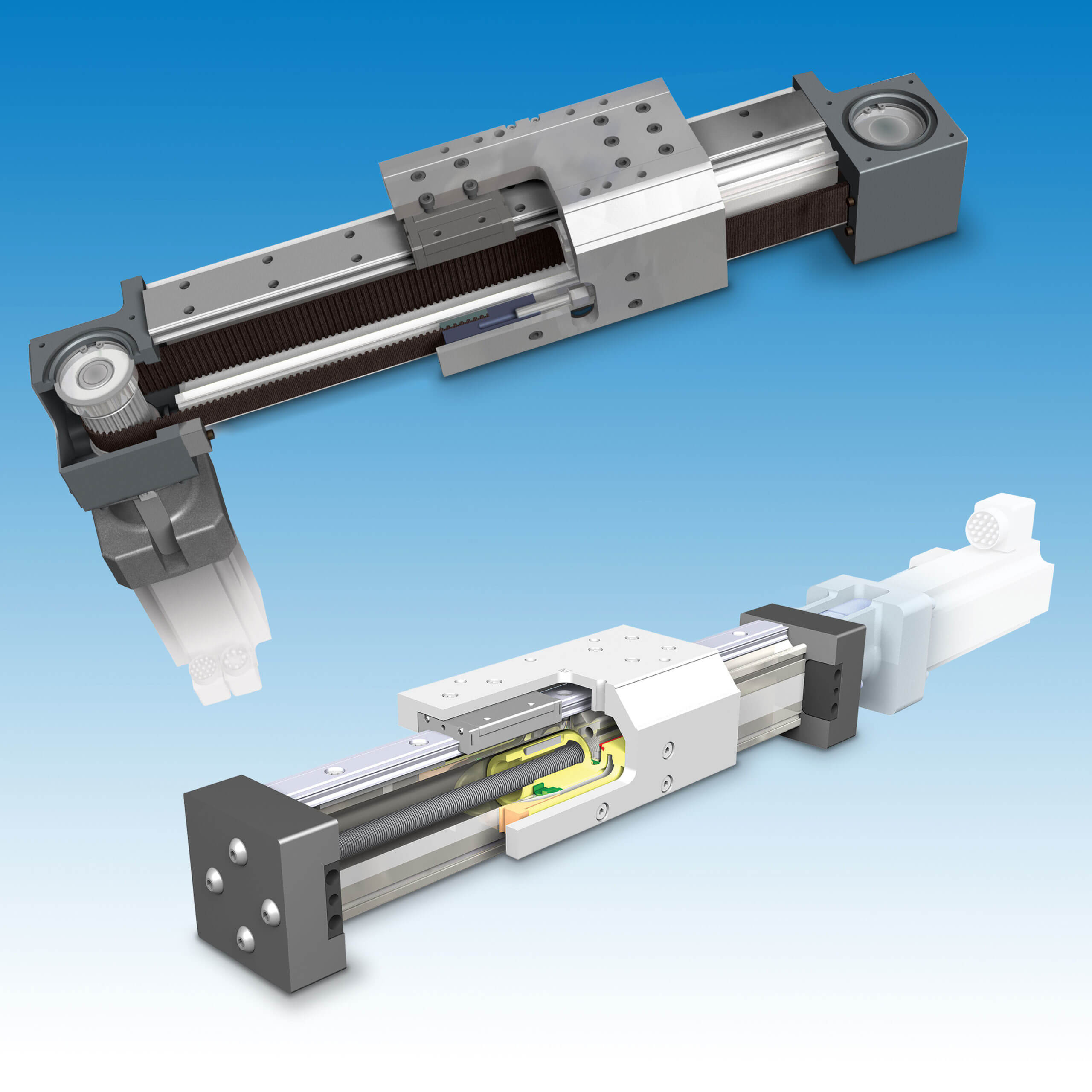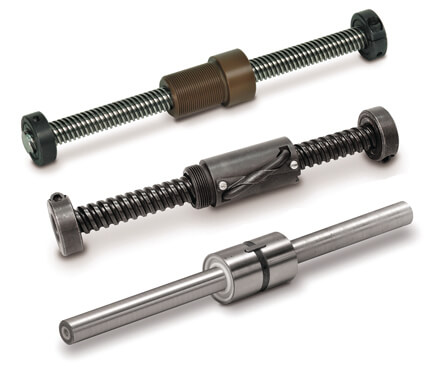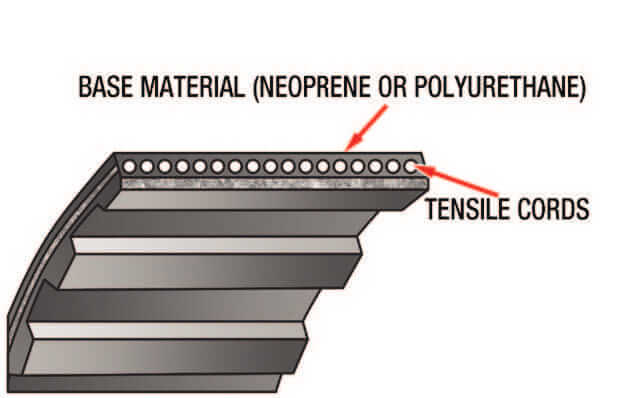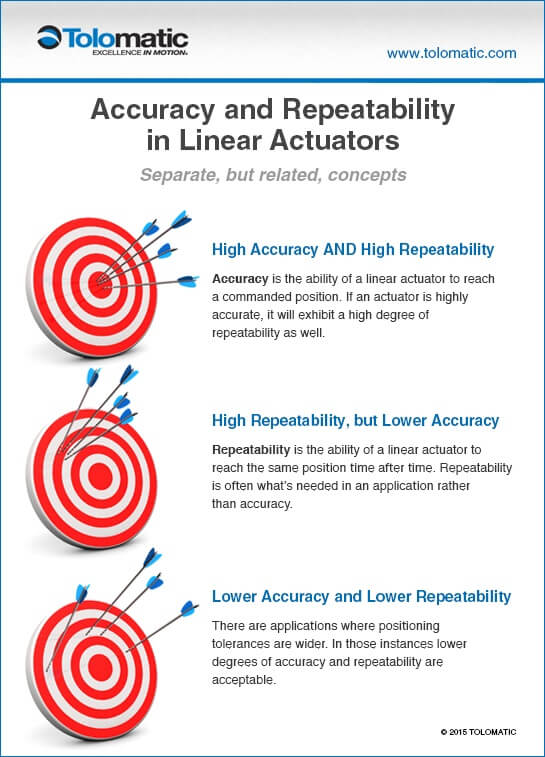Timing belt or power screw drive: What’s best for a rodless actuator?
By Ryan Klemetson on April 7, 2020
 As a designer, you may be faced with an application in which you have to carry and support a load as well as move it. These are ideal applications for rodless electromechanical actuators.
As a designer, you may be faced with an application in which you have to carry and support a load as well as move it. These are ideal applications for rodless electromechanical actuators.
While determining which rodless actuator model will suit your needs, you’ll also need to select the type of drive: belt or screw. Both drive types offer high performance, long life, and low maintenance. Because the linear drive system is integral to rodless actuator design, understanding drive system capabilities is critical to creating an optimized motion control system.
The motion control application (its speeds and thrust forces) will help define which drive train to select. Basic to motion control system selection are the work being performed, duty cycle, life cycle, and cost. Factors that are most relevant to drive train selection are length of stroke, linear velocity and acceleration, as well as orientation (as it relates to back-driving)
This blog will briefly explain these drive systems and summarize their advantages and disadvantages. For a detailed explanation, download our white paper, Screw-driven vs. belt-driven rodless actuators: How to select drive trains for reliability, efficiency and long service life.
Drives for rodless actuators
Power screw drives
Screw drives are known for their high-thrust capacity as well as accuracy and repeatability. Also, they offer relatively low system inertia and  predictable service life (for ball and roller screw drives).
predictable service life (for ball and roller screw drives).
However, screw drives offer shorter lengths than belt drives; their running speeds are limited by critical speed values; and some screw types may have lower duty cycle capabilities compared to belt drives.
Three primary types of screws are used in linear actuators: Acme screws, ball screws, and roller screws, with ball screws and Acme screws being the most common. Each screw has a unique design that makes them ideally suited for specific applications.
Acme screws are relatively low cost, quiet, and most cannot be back-driven. However, the sliding action of the nut causes friction which limits speed, duty cycle, and load capability. Also, service life cannot be predicted.
Ball screws have higher force and speed capabilities and better accuracy and repeatability than Acme screws. They are also much more efficient and, because of this, can be prone to back-driving. Service life can be predicted using standard L10 calculations. Ball screw actuators will generate more noise during operation that those using Acme screws.
The higher force capacity of roller screws is typically not required in rodless linear actuator applications. However, roller screws do provide longer service life, superior accuracy, and better repeatability. Roller screws can over-heat in high duty cycle applications and are the most costly of the three screw types discussed here.
Timing belt drives
 Belt drives are efficient and easy to operate and maintain. Their design offers a long service life with low component wear. They can be operated at 100 percent duty cycle with no critical speed limitations and are available in much longer lengths than screw drives. (Length of stroke of a timing belt actuator is limited only by the ability to efficiently tension long strands of the timing belt.) These benefits make timing belt drives ideal for long stroke applications requiring high linear velocity and acceleration.
Belt drives are efficient and easy to operate and maintain. Their design offers a long service life with low component wear. They can be operated at 100 percent duty cycle with no critical speed limitations and are available in much longer lengths than screw drives. (Length of stroke of a timing belt actuator is limited only by the ability to efficiently tension long strands of the timing belt.) These benefits make timing belt drives ideal for long stroke applications requiring high linear velocity and acceleration.
On the downside, timing belt drives have a reduced thrust capacity compared to screw drives. They can also have lower accuracy and repeatability, and it is difficult to estimate service life. Belt drives are more sensitive to impact (shock) loads and some timing belt materials are prone to gradual elongation which requires periodic tensioning. Belt drives can be more easily back-driven than screw drives.
Timing belts are available in various materials, sizes, widths, and tooth geometries. Performance for each belt type is affected by its tensile strength and elasticity. The size and width of a belt help determine the amount of torque that can be transmitted. Selection of timing belt geometry (tooth shape) and pitch (distance between two adjacent teeth) are important for strength.
Selecting a drive train type
The key factors you’ll need to consider in your drive train choice are:
- Length of stroke
- Linear velocity
- Accuracy/repeatability
- Back-driving (as it relates to orientation)
Let’s take a closer look at each of them.
Length of stroke
The length of the stroke of a screw-driven linear actuator is often limited by the available length of the screw stock. Screw-driven actuators typically are used in stroke lengths less than 120 inches (3,048mm) and more commonly in applications less than 36 inches (914mm).
Screw length and speed are related. Critical speed (see below) decreases as screw length increases.
Belt drives, on the other hand, can reach very long lengths without affecting speed. In fact, the length of a belt drive is limited only by the ability to tension a long belt. Belt-driven linear actuators can achieve stroke lengths of over 200 inches (5080 millimeters).
Linear velocity 
The speed at which a screw-driven linear actuator travels is limited by the critical speed value of the screw. The critical speed is a rotational speed that approaches the system’s natural frequency, leading to resonance and vibration (also known as “screw whip”). Screw whip can lead to actuator malfunction and catastrophic failures. Screw-driven linear actuators typically operate at no more than 60 inches per second (about 1500 mm/second).
Belt-driven linear actuators are not limited in this way and can achieve speeds of 200 inches/second (5080 mm/second).
Accuracy and repeatability 
Accuracy is the ability of an actuator to achieve a specified position. Repeatability is the ability of an actuator to achieve a position time after time. Each application will have its own requirements for accuracy and repeatability.
A screw-driven linear actuator’s accuracy/repeatability performance depends on the screw type and the method in which the screw and nut were manufactured. For example, actuators with precision-rolled ball screws can combine very good accuracy and repeatability with an affordable price. Acme screws often offer a lower level of accuracy at a lower cost while roller screws (uncommon in rodless electromechanical actuators) offer the highest accuracy with an accompanying high price
A belt-driven linear actuator will deliver lower levels of accuracy due to the variations in the belt material.
Back-driving
Back-driving is the tendency of an actuator carrying a load to free fall due to gravity. This can be problematic if the actuator is mounted vertically and even in some applications where the actuator is mounted in an inclined orientation.
Many actuators with Acme screws are resistant to back-driving due to their low efficiency. This is because of a higher coefficient of friction between the nut and screw threads. With a vertically-mounted ball screw actuator, a brake needs to be added to hold the load in place in the event of a power loss, thus preventing back-driving.
All vertically-mounted belt-driven linear actuators are susceptible to back-driving as well and must have emergency brakes for the same reasons. In some applications, designers may avoid these actuators altogether as there are risks of belts breaking under catastrophic conditions.
Wrapping it up
Some applications make it easy to choose a linear drive system. Belt-driven linear actuators are ideal for long-stroke applications requiring high velocity and acceleration. If the application’s stroke length and speed requirements are moderate but the accuracy level required is high, then a screw-driven actuator is best.
When the choice isn’t obvious, contact an expert like Tolomatic. We’re here to help.
And see our white paper for helpful information: Screw-driven vs. belt-driven rodless actuators: How to select drive trains for reliability, efficiency and long service life. Download it here.
